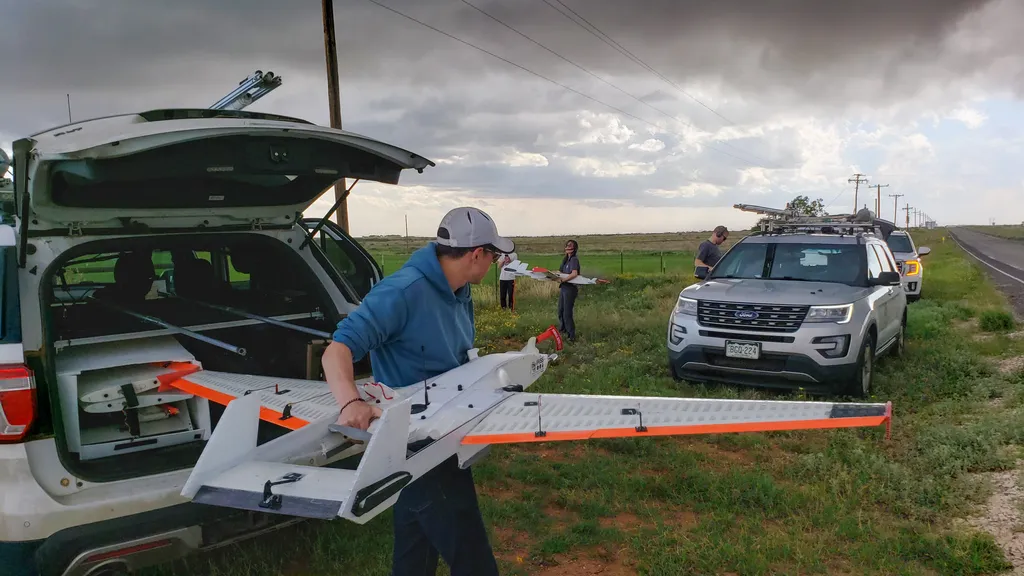In the rapidly evolving world of aerial data acquisition, the Internet of Drones (IoD) presents both immense opportunities and significant challenges. Among the most pressing hurdles is the need for robust, secure, and cost-effective identity authentication, especially given the limited resources available to these systems. A groundbreaking study published in the journal *Scientific Reports* (translated to English as “Scientific Reports”) introduces ChebIoD, a novel authentication protocol that promises to revolutionize security in IoD environments.
Developed by Zeyad Ghaleb Al-Mekhlafi of the Department of Information and Computer Science at the University of Ha’il, ChebIoD leverages Chebyshev polynomials to create a lightweight yet secure mutual authentication and session key agreement protocol. This approach sets it apart from traditional methods like blockchain, Physical Unclonable Functions (PUF), and Elliptic Curve Cryptography (ECC).
“What sets ChebIoD apart is its ability to achieve both forward and backward secrecy, ensuring that even if a key is compromised, past and future communications remain secure,” explains Al-Mekhlafi. This feature is particularly crucial for applications in disaster response, precision agriculture, and urban air mobility, where security and reliability are paramount.
The protocol’s design is rooted in a post-quantum-oriented methodology, making it resilient against the threats posed by quantum computing. Additionally, ChebIoD incorporates a dynamic key update/revocation scheme, enhancing its flexibility and security. The protocol’s robustness has been formally verified using BAN logic, the Real-Or-Random (ROR) model, and the AVISPA tool, ensuring its reliability in real-world scenarios.
One of the most compelling aspects of ChebIoD is its performance. In simulations, it demonstrated significant improvements over state-of-the-art solutions, reducing computation time by up to 63.5%, communication overhead by up to 62.4%, and energy consumption by up to 66.7%. These efficiencies are not just theoretical; they have been showcased in practical IoD projects, highlighting the protocol’s real-world applicability.
The implications of this research are far-reaching. For the energy sector, where drones are increasingly used for inspections, maintenance, and monitoring, ChebIoD offers a secure and efficient way to manage aerial data. This could lead to more reliable and cost-effective operations, ultimately benefiting both providers and consumers.
As the IoD continues to grow, the need for secure and efficient authentication protocols will only increase. ChebIoD represents a significant step forward in this field, offering a solution that is both innovative and practical. Its development could shape future advancements, paving the way for more secure and efficient drone-based systems across various industries.
In the words of Al-Mekhlafi, “ChebIoD is not just about improving security; it’s about enabling the next generation of IoD applications.” With its impressive performance and robust security features, ChebIoD is poised to play a crucial role in the future of aerial data acquisition and beyond.

